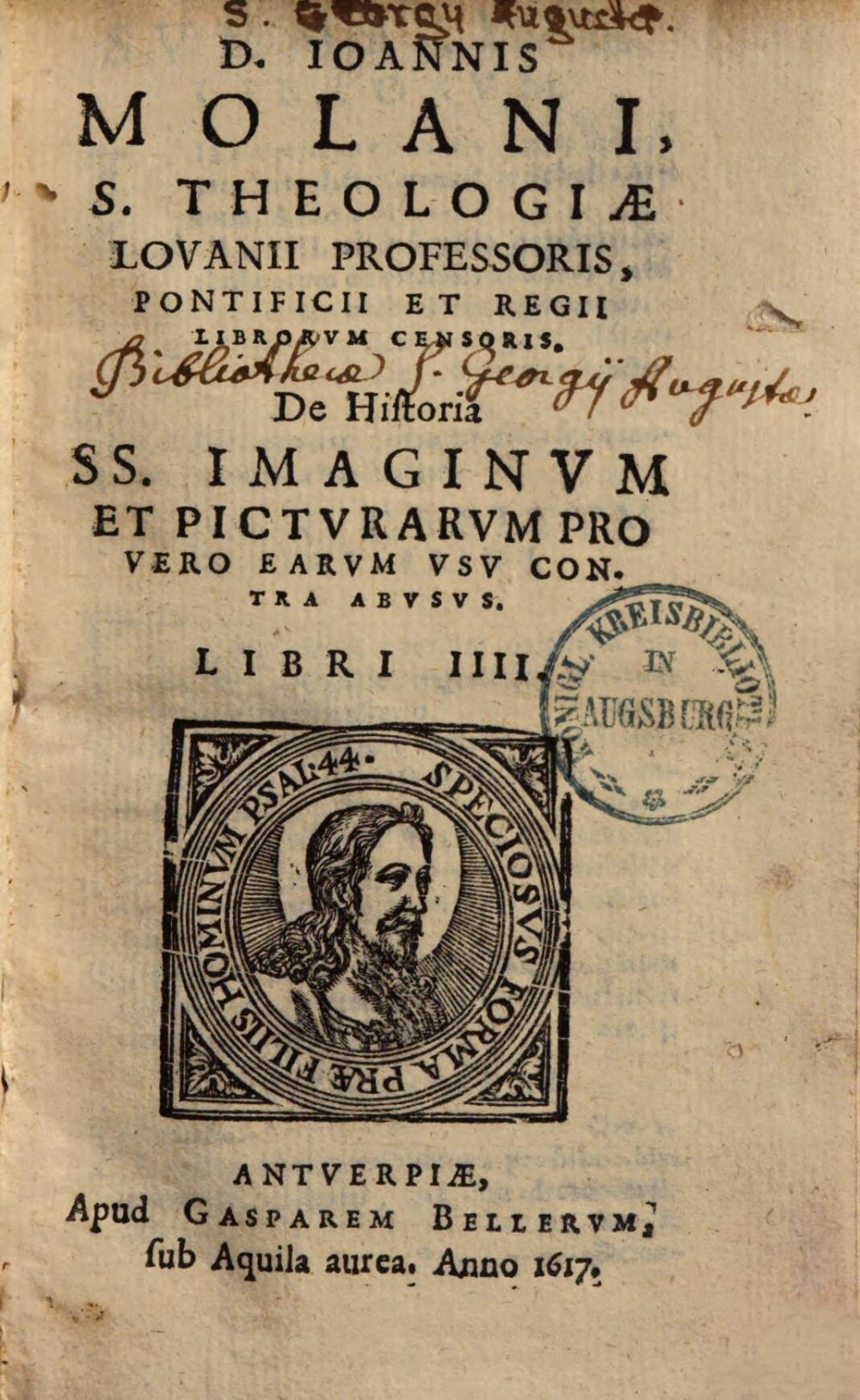
Augsburg, Staats- und Stadtbibliothek — Th H 1475. Digital Reproduction: München, Bayerische Staatsbibliothek, 2015.
In book 2, chapter 19, Molanus discusses how one should deal with artworks depicting matters from unestablished textual traditions. Foremost is that no false stories are depicted, but in the case of artworks based on uncertain stories, propriety and probability should prevail in the judgement and above all the common opinion of the whole Church. Molanus concludes that a certain pictorial tradition of an unestablished story does not mean this story has become certain, but that this way of depicting is most probable.
“What can be said, then, about these and many other similar examples? That the Church would accept in these paintings many uncertainties? far from it. For even if one were to admit that there is uncertainty in the fact that Mary was on her knees in meditation when the angel announced the mystery of the Incarnation to her, that the flight into Egypt took place on a donkey, that the devil showed stones held in his hand during the temptation of Christ, that Saul fell to the ground from a horse, it does not follow that the images mentioned above are uncertain.
Indeed, the images do not mean that all their elements are certain, but that they are probably certain in the judgment of the painters. The paintings, therefore, do not mean, even partially, anything uncertain, but what is certain. It is certain, indeed, that these elements have their probability, and, as I have said, the pictures mean nothing more.
About the place and its significance of the thieves some will be discussed further on.”
“Quid igitur ad haex et similia multa dicemus? quod Ecclesia multa habeat incerta in suis picturis? Absit. Absit. Quantumuis enim admittertur incertum esse, an Maria genibus flexis meditionibus intenta fuerit cum angelus ei incarnationis mysterium annunciaret; an ainum habuerit fugiens in Aegyptum, an diabolus Christum tentans monstraverit lapides, quos in manu habebat, an a dextro Christu latere bonus latro sit crucifixus, postremo an e caballo in terram ceciderit [S]aulus, ex his tamen non consequeretur incertas esse superins indicatas picturas. Eae enim non significant haec certa esse, sed tantum significant etiam pictorum iudicio haec probabiliter dici. Non igitur picturae hac in parre incertum aliquid significant, sed quod certum est. Certum est enim haec suam probabilitatem habere, atque, ut dixi nihil amplius significant. De situ tamen et significatione latronum paulo plenius postea dicendum erit.”
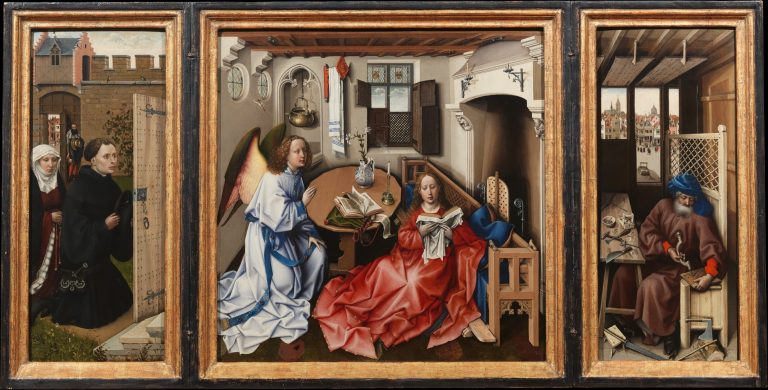
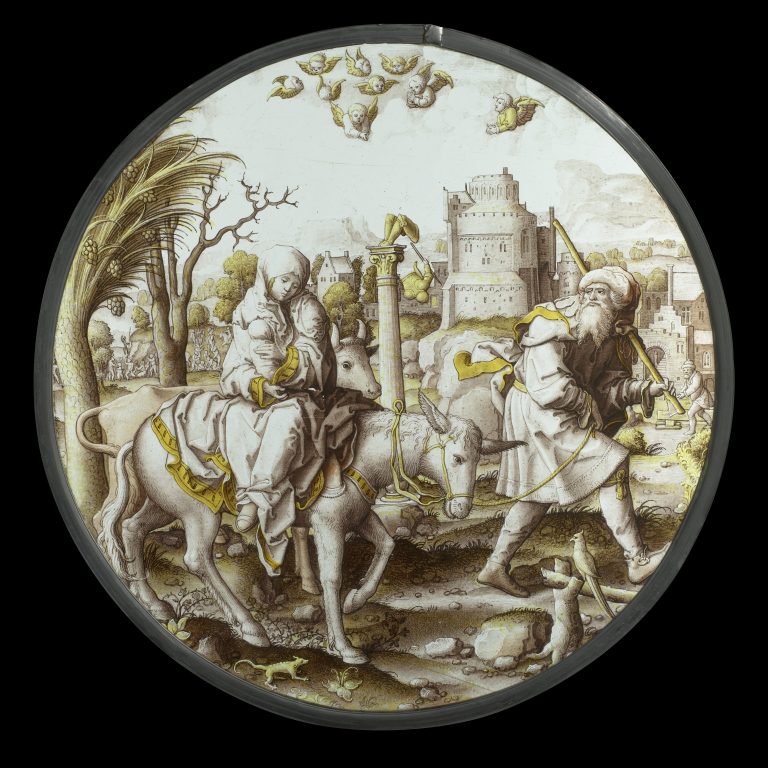
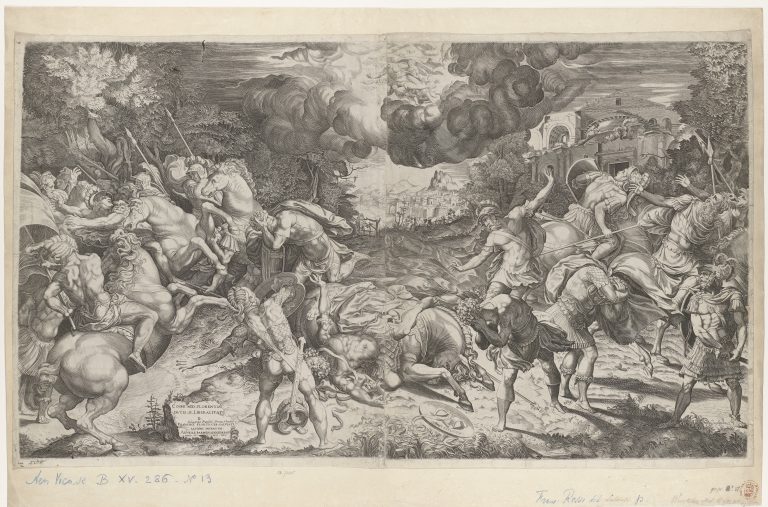
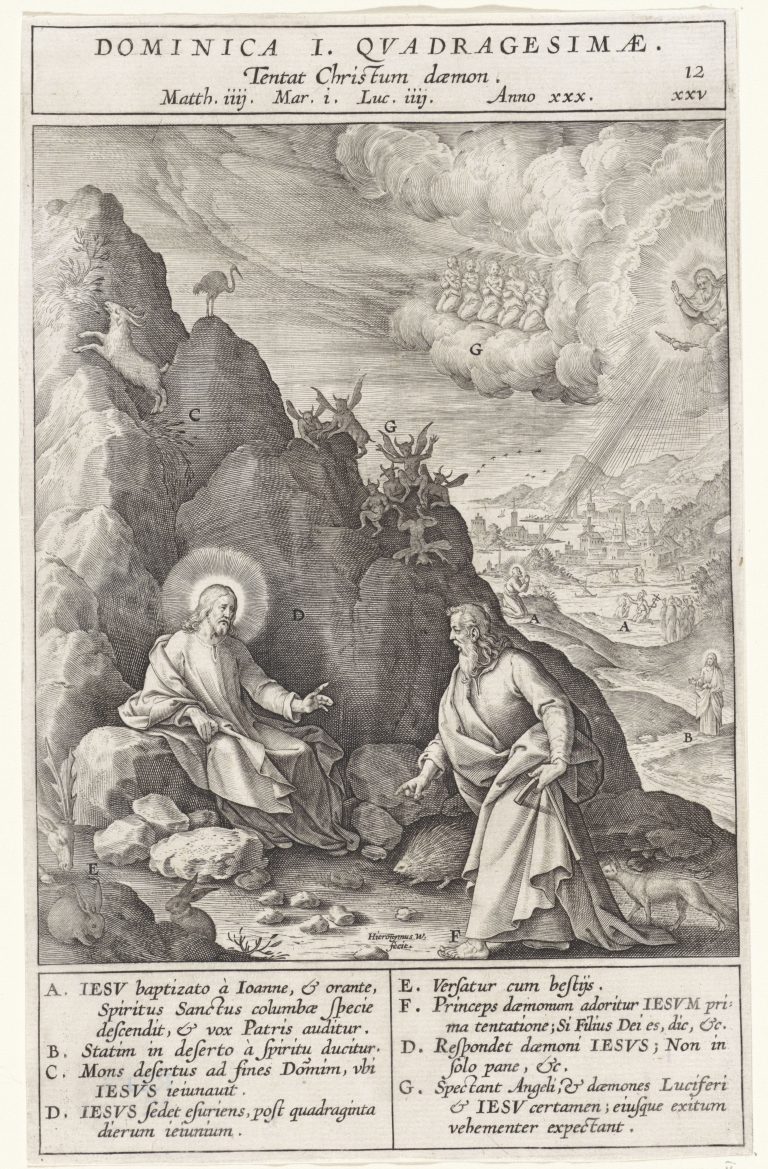
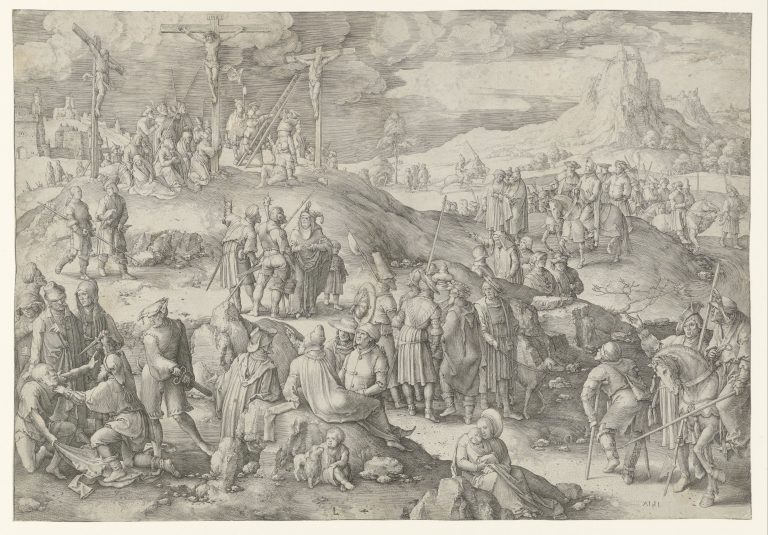
Molanus 1996, 177-178.



